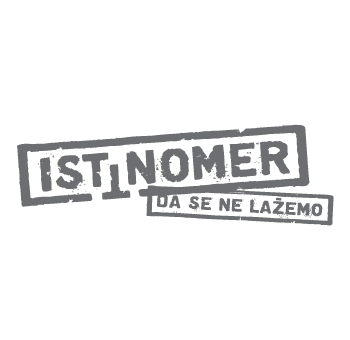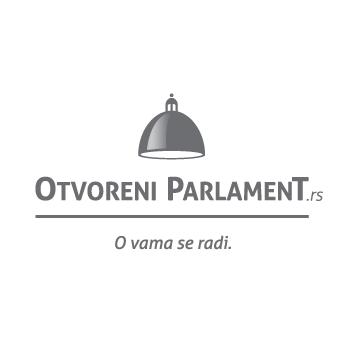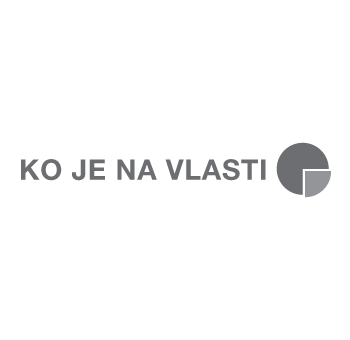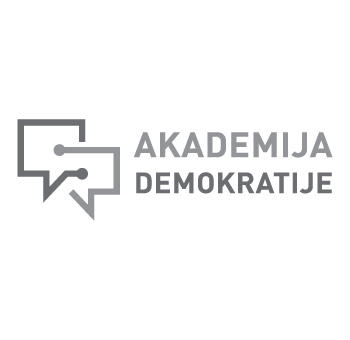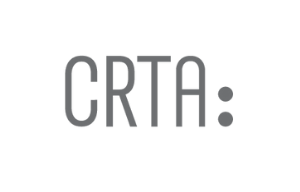The end of campaigning on the blurred line between the state and the parties
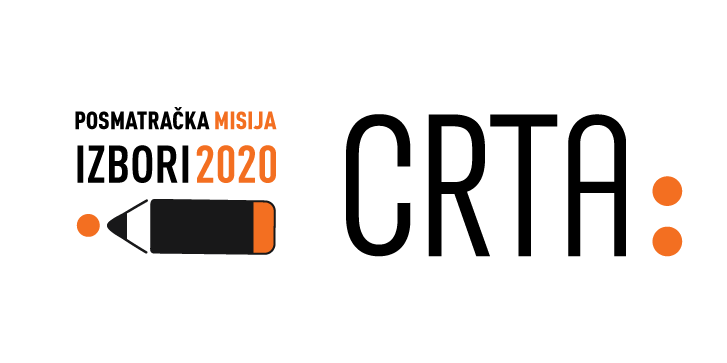
The three finishing weeks of the election campaign were marked by additional relativisation of the division between state and party affairs and interests, as well as by heightened suspicions of misuse of public resources – as stated in the preliminary report of the CRTA observation mission for the period from May 24th to June 14th.
In the said period, the CRTA observation mission filed to the Anti-Corruption Agency 15 complains against public officials and parties for misuse of public resources. The Agency has established violations of the law in two cases.
The public officials’ campaigning is in full swing as the campaign reaches the finishing line. The number of activities of public officials tripled in comparison to the two-week period after the lifting of the state of emergency. It is five times higher than in the period before the suspension of election activities. In 64 percent of the recorded activities, political actors participated exclusively in capacity of their public office, and the said percentage refers also to their appearance in a double function (as public officials and party members) and purely party capacity – 18 percent. The Prime Minister and Ministers visited more than 70 places over three weeks, most often using these opportunities to send messages on infrastructure development.
The increased presence of public officials “in the field” is also reflected in the findings of the CRTA’s media monitoring. Representatives of the authorities dominate the “regular” segments of news programmes of TV stations with national frequencies, while the increased presence of the opposition (both those running and boycotting the elections) was recorded mainly thanks to electoral blocs.
In this period, the CRTA observation mission filed five complaints to the Regulatory Authority of Electronic Media, but the REM did not initiate proceedings following these complaints.
The engagement of political actors in various labour actions also intensified considerably. Our observers recorded more than 100 activities such as servicing of green spaces, playgrounds, local communities’ premises, houses of culture; embanking of roads, etc.
The possibility of misuse of personal data of beneficiaries of old-age, disability and family pensions, including children, is bothersome. The Serbian Progressive Party sent letters to their home addresses with party symbols, the slogan “For our children” and the signature of the President of the Republic of Serbia, in which one-time aid of 4,000 dinars and 100 euros is mentioned.
We are waiting for the Election Day filled with doubt about the change in the number of voters entered in the Voters’ Register. Preliminary published data show a difference of 141,284 voters, or 2.1 percent fewer eligible voters than in the last elections held in 2017, which is the largest decline in the number of voters since the Voters’ Register existed. The CRTA analysis, based on the data collected during 2019 and 2020, shows that the decrease is evenly distributed among the municipalities of Serbia, with the exception of Medveđa, where a decline of almost 40 percent was recorded. As such changes cannot simply be explained by a natural decrease in population, the CRTA urges state authorities to provide insight into their work and mechanisms for updating the Voters’ Register so that the public could rest assured that the voters’ rights and the election process integrity were not jeopardised.
The work of the Republic Electoral Commission mostly underwent in accordance with the competencies and the existing legal framework, with increased educational and informational activity when compared to previous years.
